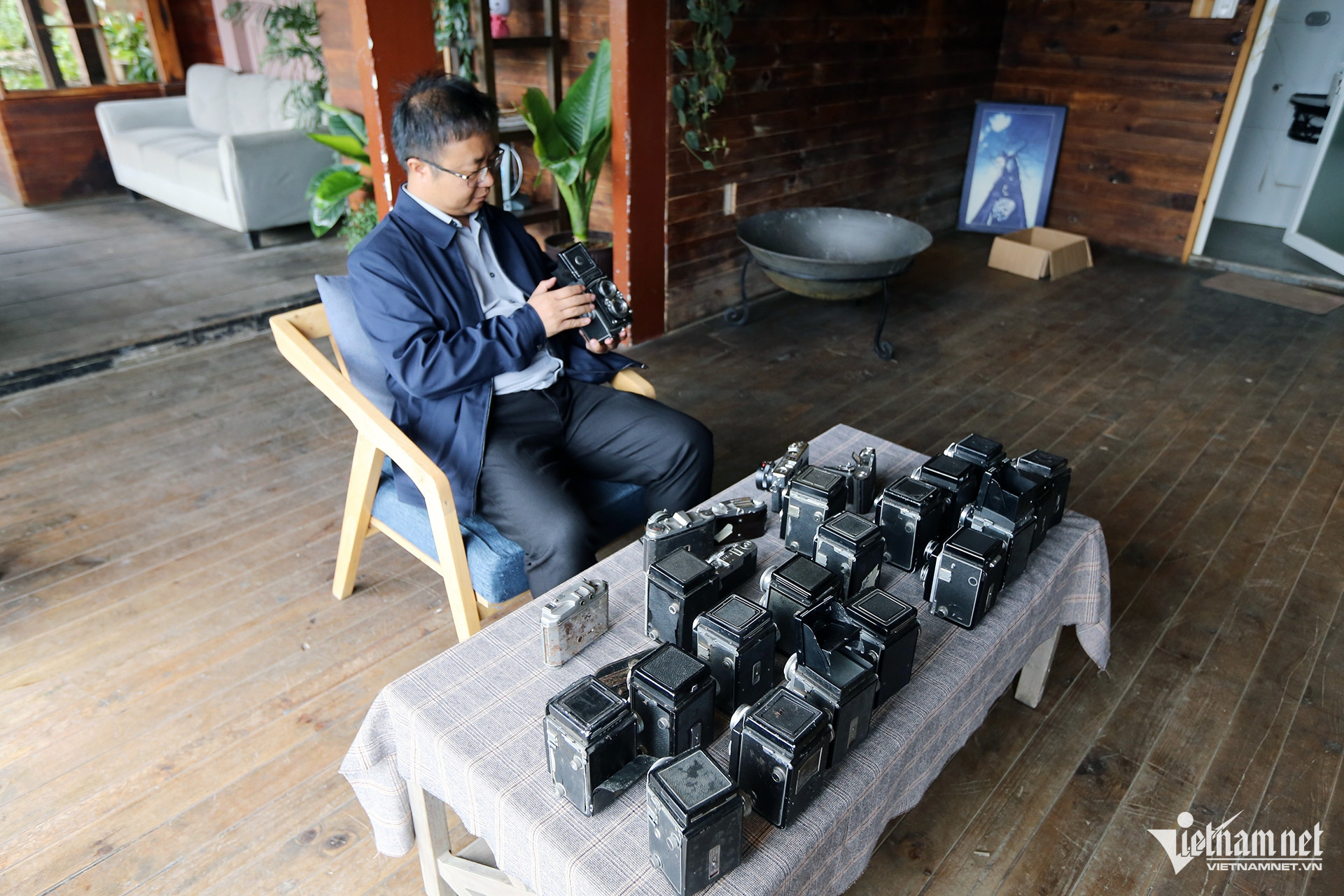Over the past decade, Vietnam has risen dramatically in the global furniture supply chain, becoming the world's 6th largest manufacturer by 2023.
The information was announced by the Milan-based furniture and industry research and consulting organization CSIL (Center for Industrial Studies), at the "Furniture and Furniture Forum" within the framework of Hawa Expo 2024 in Ho Chi Minh City.
Accordingly, Vietnam has achieved "impressive growth" in its ranking in the global furniture manufacturing industry, from 13th in 2014 to 6th last year, in terms of value scale. Currently, the top 5 largest furniture manufacturers are China, the US, Italy, Germany and India, respectively. Of which, China and the US have maintained their first and second positions over the past decade.

Top 10 largest furniture manufacturers in the world. Source: CSIL
Ms. Giovana Castellina, Director of Multi-Client Research for Interiors at CSIL, assessed that Vietnam's furniture industry is quite flexible, growing faster than other countries in the past 10 years. "Initially, it mainly provided outdoor furniture but now it has developed strongly in interior furniture. For example, 25% of products are upholstery, accounting for 10% of Asia-Pacific's upholstery production," she pointed out.
According to CSIL, Vietnam has an average annual growth of 10% in manufacturing and 11% in furniture exports, ranking second in Asia. "Exports are the growth engine, accounting for 93% of total manufacturing output," she said.
According to data from the General Department of Forestry, furniture accounted for 82.9% of the total export turnover of wood and wood products last year, reaching nearly 8.4 billion USD. Mr. Tran Quang Bao, Director of the Department of Forestry, assessed that Vietnamese products are being trusted by international customers.
Mr. Tran Duc Hieu, Vice President of Tran Duc Group, said that the productivity is reaching 200 export containers per month. Tran Duc Homes, a member of this group, has recently sold prefabricated wooden houses to the US. Owning two factories of 120,000 m2 in Binh Duong, they have just invested in the first CLT component line in Southeast Asia, a floor structure solution to replace traditional reinforced concrete.

A display booth made of prefabricated wooden components and displaying furniture manufactured by the same unit at HawaExpo 2024. Photo: Tran Duc Corp
Forestry Department expert, Dr. Nguyen Tuan Hung, assessed the potential of the furniture industry as an international market of 405 billion USD. Meanwhile, Vietnam has at least 20 years of experience, with a raw material source of over 30 million m3 exploited annually, meeting 75% of demand. "Wood is an environmentally friendly material, capable of regeneration, reducing emissions if exploited legally. We are promoting forest certification and planting area codes," said Mr. Hung.
In the first two months of the year, wood and wood product exports reached 2.4 billion USD, up nearly 44%. The Handicraft and Wood Processing Association of Ho Chi Minh City (Hawa) said that businesses have orders until April and May. The situation is brighter than 2023, but experts say caution is still needed.
Mr. Nguyen Liem, Chairman of the Binh Duong Wood Processing Association (Bifa), said that the current characteristic of buyers is to place short-term orders. "Now that inflation and interest costs are high, they do not place orders by year or 6 months, but by several months, or even by month. This year's export turnover is equal to last year, which is good. If conflicts are reduced, it will be lucky to increase further," Mr. Liem said. Currently, Binh Duong's wood industry accounts for more than 40% of the country's annual export turnover.
Ms. Giovana Castellina said that it is very difficult to predict the global furniture purchasing power in 2024 in an uncertain and unpredictable world. "I think the market will be flat this year and grow again in 2025," she assessed.

A Vietnamese business's product booth. Photo: HawaExpo 2024
In the long term, the Vietnamese furniture industry also faces challenges, from customer structure, design capacity to combating commercial fraud.
CSIL believes that Vietnam's furniture exports are "very risky" when focusing too much on the US, which accounts for more than 50% of annual turnover. "Their consumption weakened last year due to high inflation and rising mortgage rates. This year, the country is holding a presidential election, so people are still breathing a sigh of relief," Ms. Castellina assessed.
Therefore, she believes that it is necessary to diversify customers such as approaching Europe and expanding the trading system. In addition, it is necessary to soon have its own brand and design to increase the price range and reach higher-end customers.
According to Dr. Nguyen Tuan Hung, the wood furniture industry has grown for many years but relies on cheap raw materials and labor, so the added value is not high. "These strengths are gradually fading," he said.
Meanwhile, the market is becoming more and more stringent with a series of policies such as the EU Anti-Deforestation Law, the EU Timber Regulation (EURT), the US Law on Combating Illegal Timber Trade (LACY). The Carbon Border Adjustment Mechanism (CBAM) has not yet been applied to the industry but will come in 2027.
Mr. Nguyen Liem said many Bifa enterprises have actively improved their product design capacity but are also concerned about commercial fraud. The furniture industry must find a way to prove to the world that it is "doing business properly".
"We are currently facing the challenge of trade fraud in origin. Recently, we have been working with local leaders, customs, tax, economic security to combat trade fraud by origin," he said.
Telecommunications
Source




























































Comment (0)